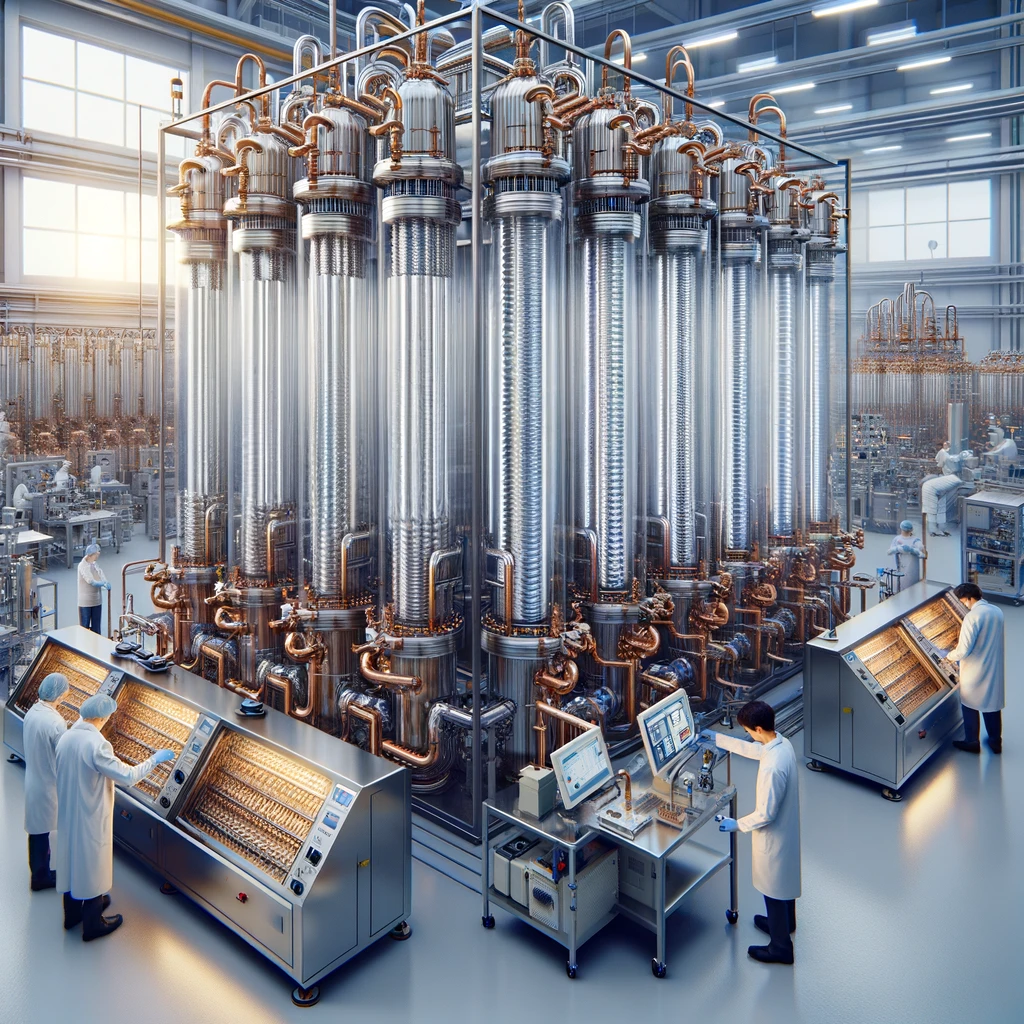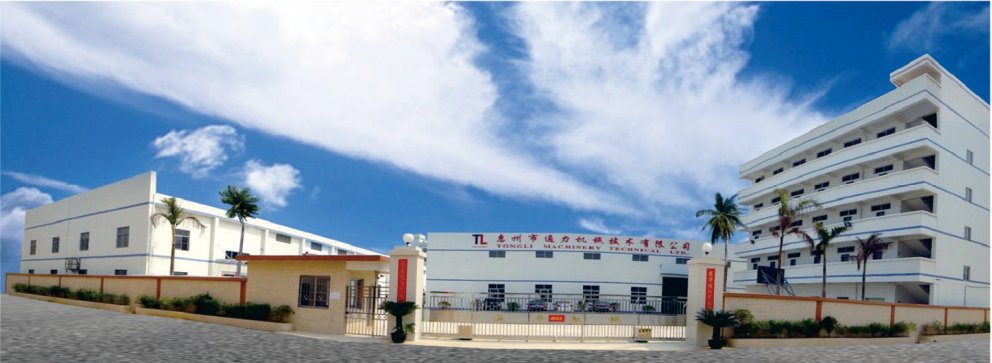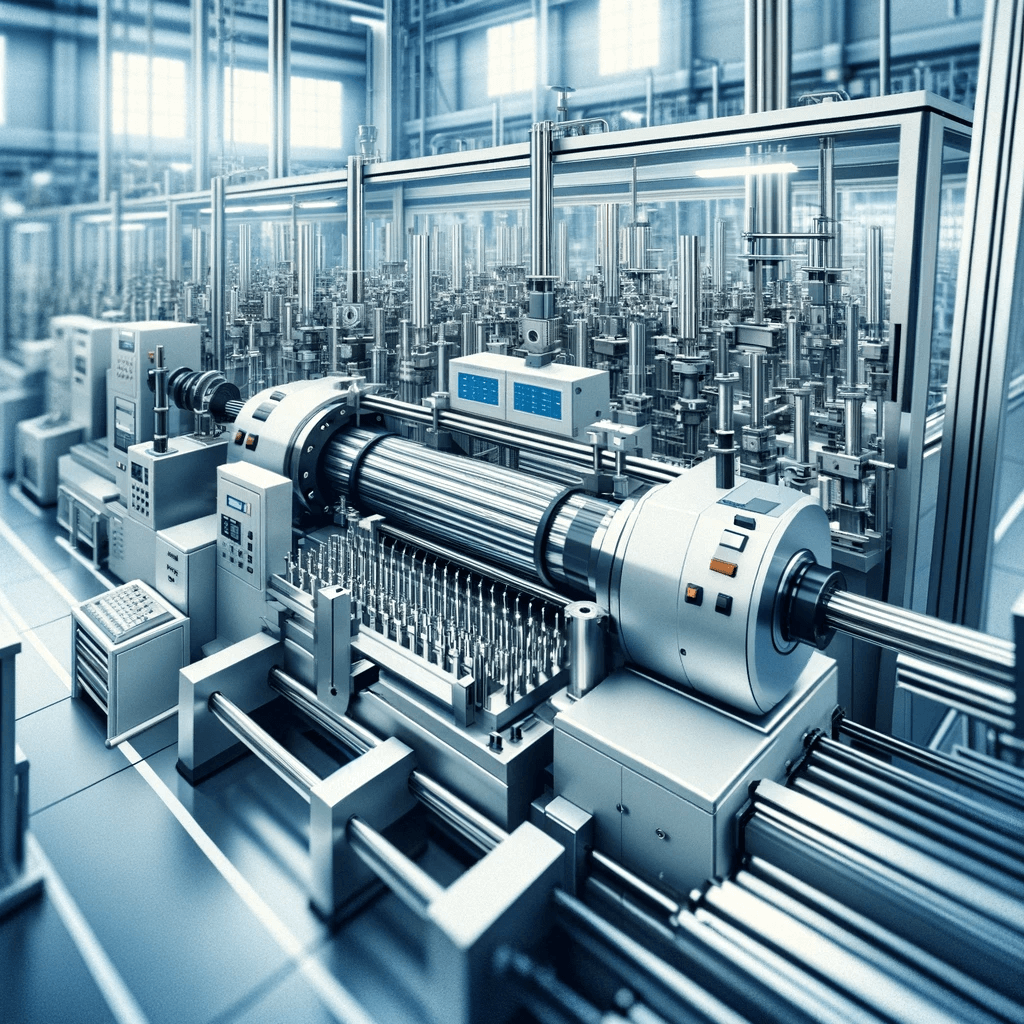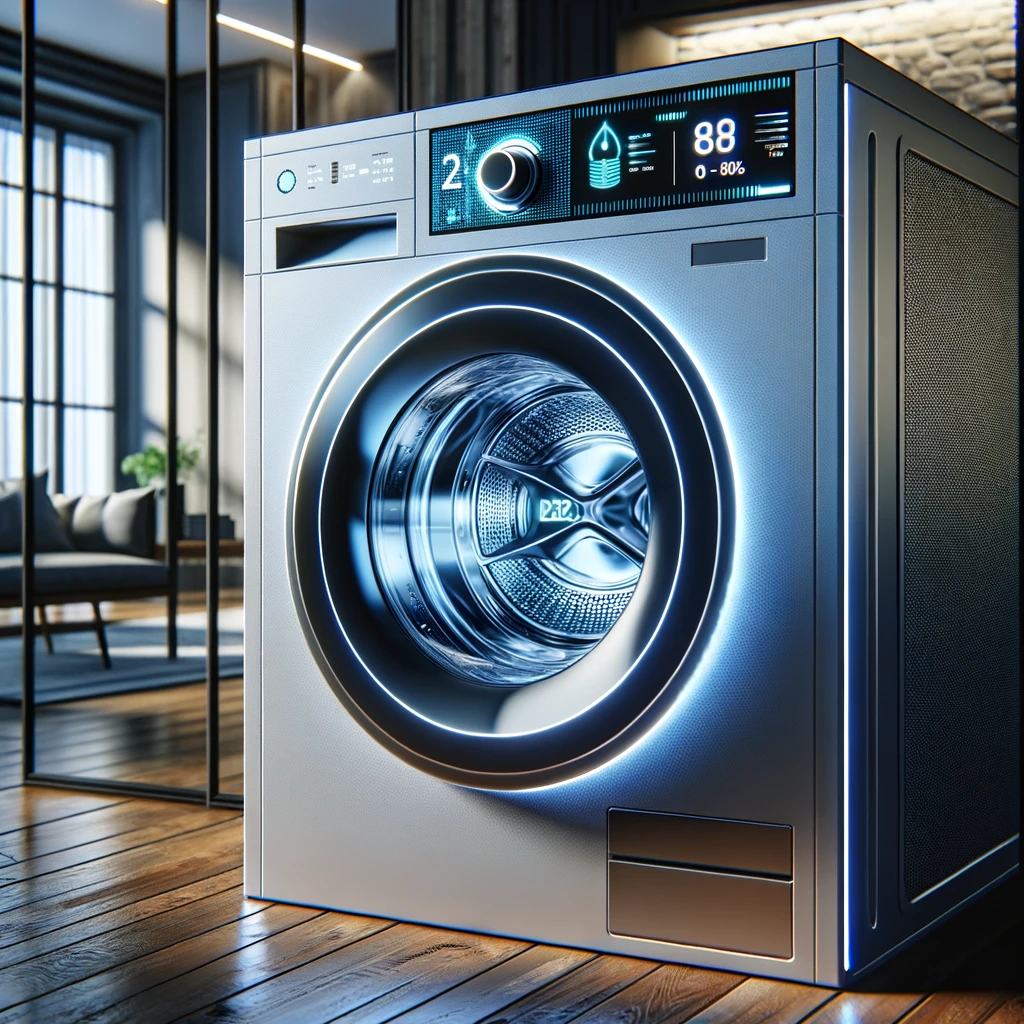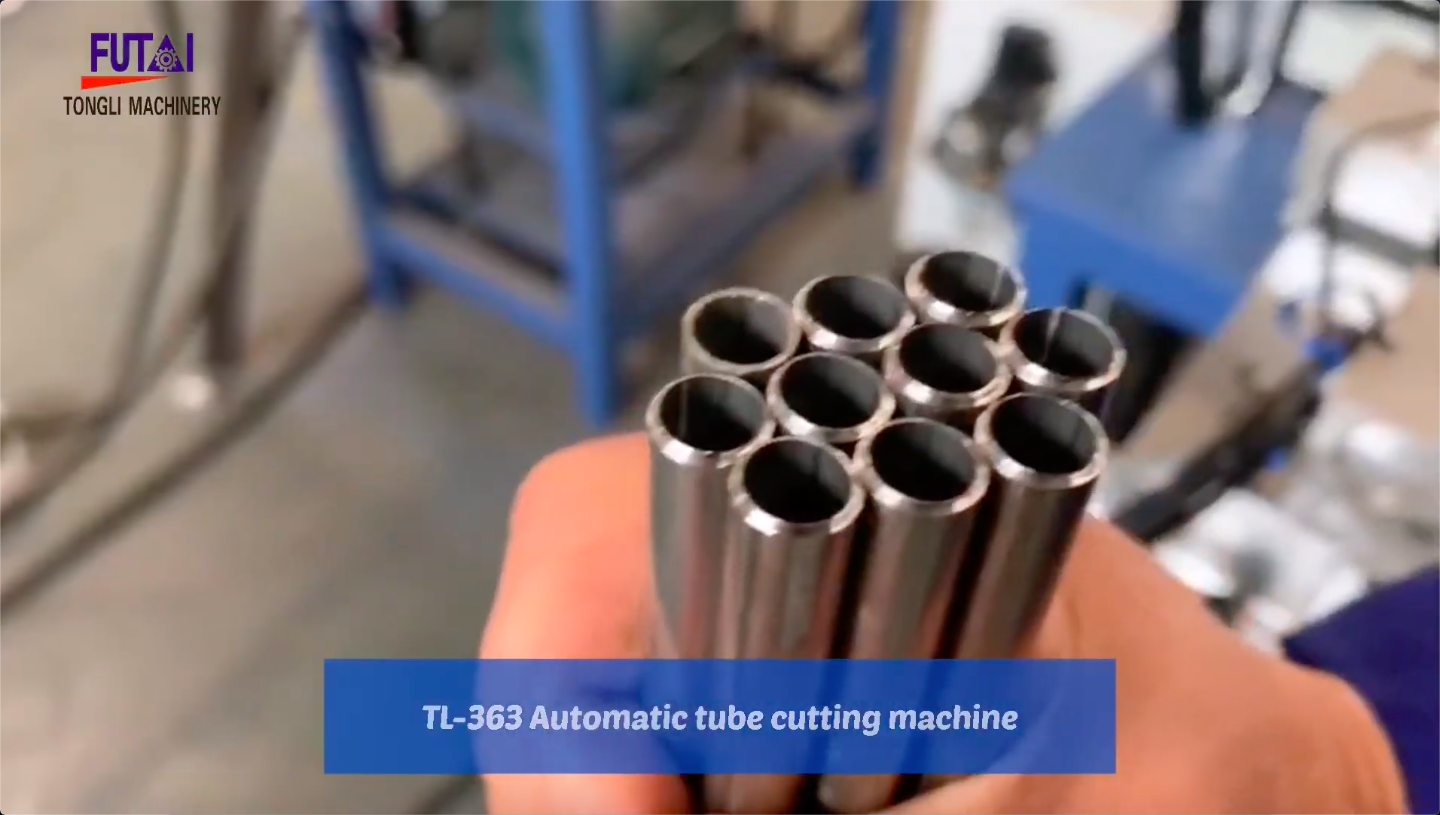The production process of heat pipes is a highly integrated technical field involving materials science, mechanical engineering, thermodynamics, and quality control, among others. In this process, every step is crucial, from the selection of materials to the inspection of the finished product, requiring precise control of each stage to ensure that the heat pipes provide efficient and reliable thermal conductivity in various applications.
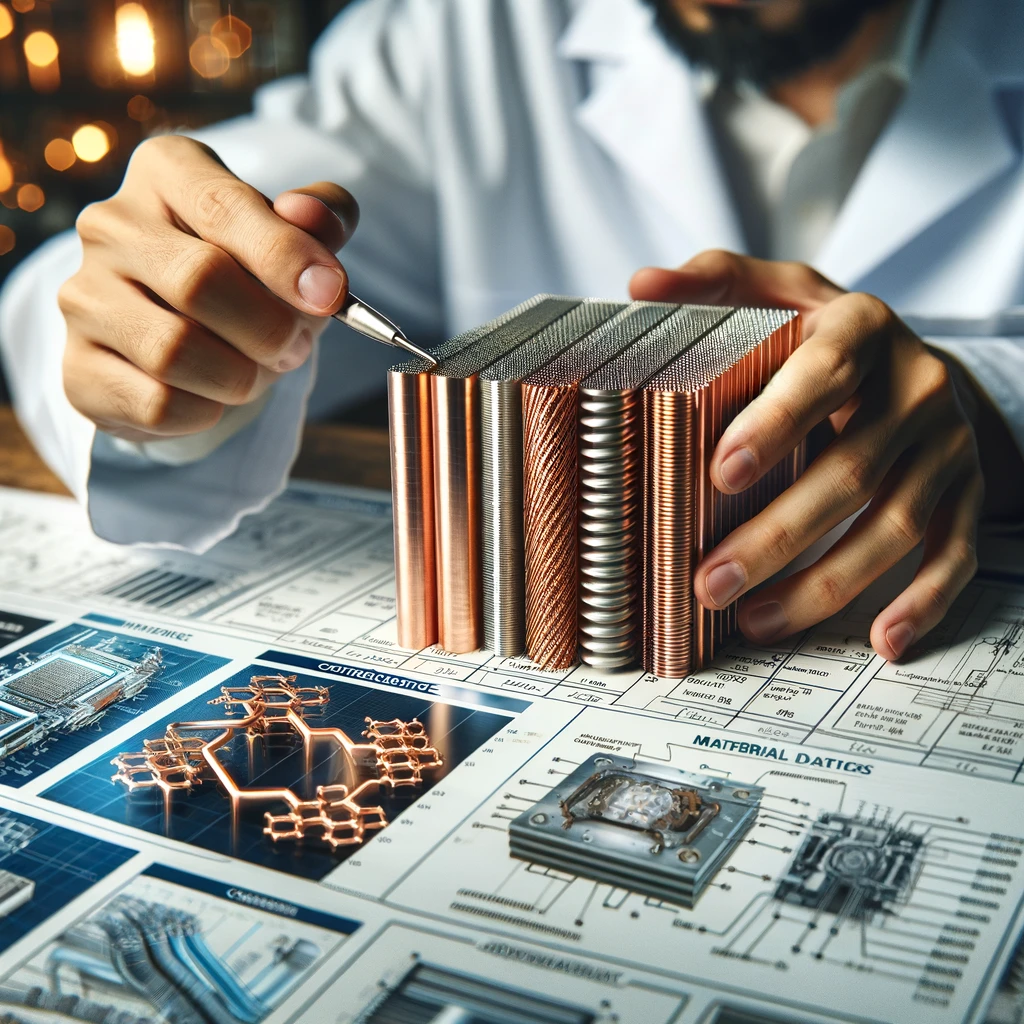
Material Selection
The first step in the production of heat pipes is selecting the appropriate materials. Typically, heat pipes are made from copper, aluminum, or their alloys due to their excellent thermal conductivity. In some special applications, other materials such as stainless steel or nickel-based alloys might be used. The choice of material depends on the specific requirements of the final application, including the working temperature range, thermal efficiency, mechanical strength, and corrosion resistance.
Tube Processing
After selecting the materials, the next step is the processing of the tubes. This includes cutting, bending, and shaping to form the basic structure of the heat pipe. The processing at this stage must be highly precise to ensure that the dimensions and shape of the heat pipe meet the design specifications. In some cases, special shapes of heat pipes might need to be manufactured through deep drawing or extrusion processes.
Internal Structure Preparation
The high-efficiency performance of heat pipes partly relies on their internal capillary structures, usually achieved by adding mesh, sintered, or other forms of capillary materials inside the tube. These internal structures help the liquid working medium to circulate effectively within the pipe, thereby enhancing heat transfer efficiency.
Vacuum Sealing and Filling
After preparing the internal structure, the heat pipes need to be vacuum-sealed and filled with an appropriate working medium, typically water, alcohol, or another specific liquid. This step requires strict vacuum conditions to eliminate air and impurities inside the tube, ensuring the purity of the working medium and the performance of the heat pipe.
Sealing and Welding
After filling with the working medium, the ends of the heat pipe need to be sealed. This is usually achieved through welding, ensuring the connections’ strength and seal integrity to prevent leakage of the working medium, while also avoiding damage to the heat pipe during the welding process.
Performance Testing
After all manufacturing steps are completed, a series of performance tests must be conducted to verify the thermal efficiency, pressure resistance, corrosion resistance, and lifespan of the heat pipes. These tests ensure that each heat pipe meets the predetermined performance standards and application requirements.
Conclusion
The production of heat pipes involves several intricate steps, each requiring precise technical control and high-quality process execution. As a leading enterprise in this field, Futai, with its expertise and extensive experience in material selection, precision processing, internal structure design, sealing technology, and performance testing, provides customers with efficient and reliable heat pipe solutions. As technology continues to advance and market demands grow, Futai will remain committed to innovation and improvement, driving the development of heat pipe manufacturing technology to meet a broader range of application needs.


